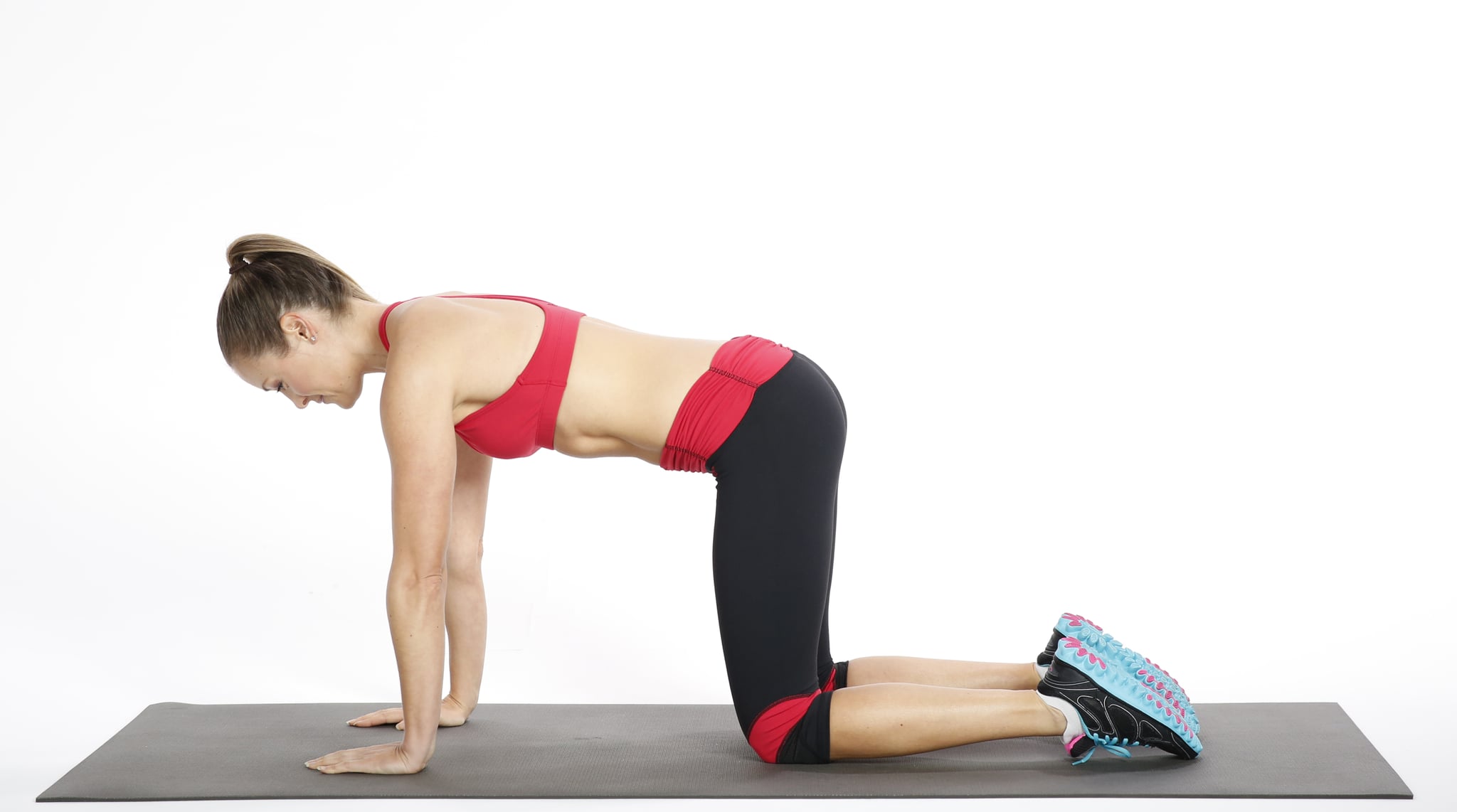

"You've got to engage your core." There's an ongoing joke in my house that working your core will fix just about any issue, since as a former Pilates instructor, this is my go-to fix-it line. Back pain? Engage your core. Knees hurt going downstairs? Engage your core. Trouble memorizing irregular Spanish verbs? Engage your core. The "check engine" light is strobing on the dashboard of your decade's-old car? Engage your core. All right, you got me - those last two examples might not be true, but I stand by the others. The issue is many people hear this phrase but don't really know how to engage their core.
The Core Defined
Let's take a step back and quickly define the core, just to verify that we all know what this conversation is about. Your abs and back muscles working together to stabilize your torso during movement: that's your core. The core can also help transfer power from your lower body to your upper body and back again - think how a cross punch starts at the feet and moves through the pelvis, adding power to a punch, or how a wood chop sends power from your upper body through your torso to load your leg. But let's dive deeper into the anatomy a bit.
You have four layers of abdominal muscles, and the deepest layer, the transversus abdominis (TVA) wraps around your waist like a cummerbund. Or you can think of it like a muscular corset connecting the ribcage to the pelvis. On top of the TVA, you have your internal and external obliques, which criss-cross your torso, kind of making an X; these muscles also help with twisting. The final layer is your rectus abdominis, aka the six-pack muscle, which helps bend your upper body forward, also known as flexing your spine. When these four layers of abs are braced together, working in tandem with muscles that line your spine, you have an engaged core. You want to feel your abs tightening and pulling in but still be able to breathe normally and move.
It Starts With Your Breath
Since the muscles that line your spine, aka the erectors, are considered postural muscles and are always working a bit, you need to focus on engaging your deep abs. It's not so much that the TVA is lazy, it just starts to tune out with all the sitting we do. The TVA engages naturally as you exhale; to feel it work, focus on exhaling while pulling your abs to your spine. This action pulls the "tummy" in and gives a little lift to your torso. If the TVA is working, the other layers of abs can help stabilize the core with it, or they can slide around over the tight TVA to create motion in the torso like twisting and bending forward.
Engaging Your Deep Abs, Engaging Your Core

The easiest way to find your TVA is on all fours, since in this position you're working the muscle against gravity. In this position, focus on keeping the torso still as you pull your abs to your spine as you exhale. Keep your abs pulled away from the floor and keep breathing. This is the sensation you want to take into almost all of your exercises. Practice this sensation in a plank, then try a Bird Dog, which forces your abs to stabilize against the weight of the arm and leg moving away from the center of your body.
When teaching Pilates, I liked to remind my clients that every exhale is an opportunity to engage your abs, so use the power of your breath to keep your core strong as you work out. You should be bracing your spine in simple moves like bicep curls (an engaged core should keep your ribcage from swaying as you bend and straighten your elbow) and deadlifts.

0 comments :
Post a Comment